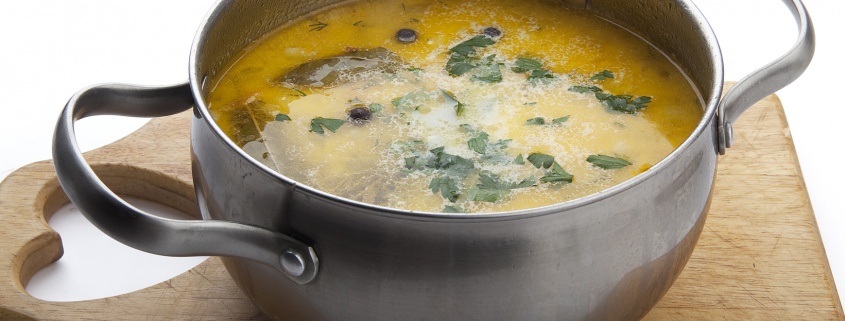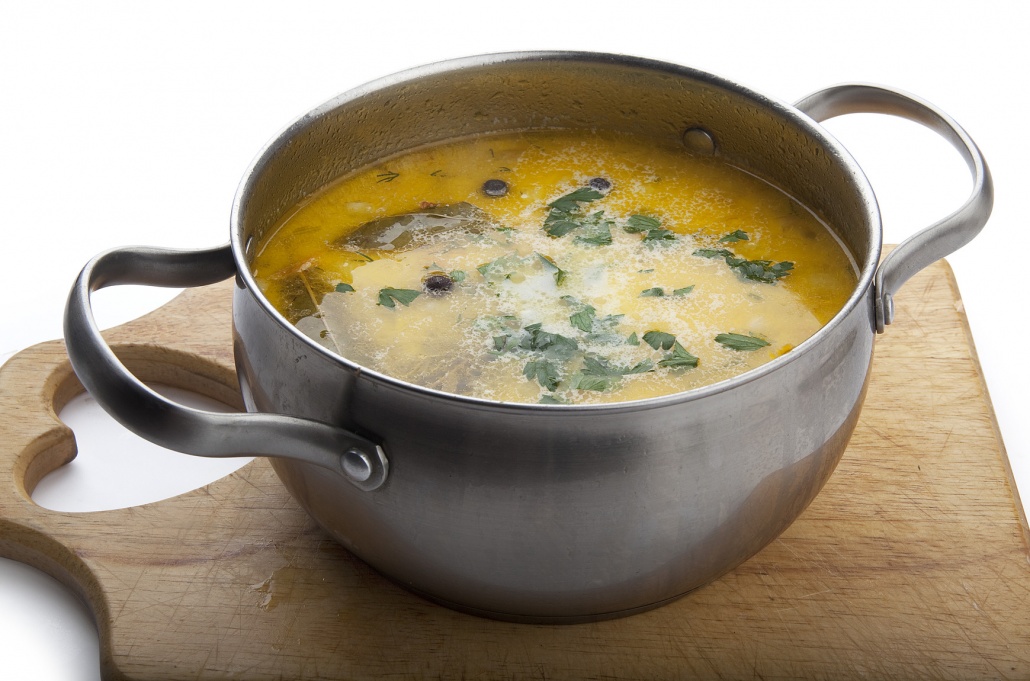Do you cook with stock cubes?
By Noor H. Salem
During one of my group coaching classes, I had someone ask whether chicken stock cubes were better than liquid stock. My answer was neither; there are easy ways to flavor your food without turning to these little chemical monsters for help. Her question actually turned into a twenty minute discussion with the entire group, which made me realize how many people turn to these items for quick and balanced flavoring in their cooking. While these items may save you a few minutes of measuring salt and spices, the side effects they cause to your health can catch you down the road. They are in no way something to even use in moderation. I will specify why.
Stock cubes are full of a number of ingredients that I advise you to avoid completely. They are extremely high in refined sodium, chemicals, and very unhealthy fats.
If you use stock cubes, you are most likely tossing MSG, monosodium glutamate, into your food too. MSG is a salt like chemical based taste enhancer and is one you greatly want to avoid due to its correlation with increased risk of cancer, and destroying the nerve cells in the brain. Some people react from MSG and get headaches, feel nauseas, have difficulty breathing or even feel weakness. It’s also an ingredient commonly derived from genetically engineered crops. These are enough reasons to toss this chemical out of your kitchen pantries strictly. Monosodium glutamate is found in the majority of these stock cubes due to their salt like taste. MSG is also found in ready soups, store-bought salad dressings, frozen entrées, restaurant food, and chips. It’s used to often so I can’t list every product it’s in. Start reading your ingredients; it’s the best advice I can give you.
Another scary ingredient in the majority of stock cube brands is hydrogenated oils. Whether it says partially hydrogenated or just hydrogenated oil, it’s very unhealthy. The word hydrogenated is in there because manufacturers literally add hydrogen to the oils, a process known as hydrogenation. Why do they do this, you may wonder? It adds shelf life, flavor, and softness to food. Aside stock cubes, it is used in many baked goods, fried food, and crackers too. It doesn’t matter if it’s the queen of healthy oils, extra virgin olive oil. If the oil has the word hydrogenated before it, there is nothing healthy about the fat anymore. Hydrogenated fat is a type of trans fat, which raises your LDL (bad) cholesterol, and lowers your HDL (good) cholesterol. Consuming trans fat is linked to increase risk of heart disease, stroke, and even type 2 diabetes. It’s definitely an ingredient you want to steer clear of.
Other ingredients you may possibly come upon in the ingredient list of your stock cubes are disodium inosinate or disodium guanylate. Both are synthetic flavor enhancers and are correspondent to MSG. These are also chemicals many can be sensitive too, and result in headaches or discomfort after consumption. If you were to open your kitchen pantry, you’ll most likely not find nor use these in your home cooking. Why then would you allow it to be in a processed item like stock cubes?
So this may cause you to panic and wonder how to perfectly zest your soup or rice without using stock cubes. Don’t worry; it’s much easier than you imagine. Stick with natural and one ingredient spices whenever possible. Use healthy fats like organic coconut oil or extra virgin olive oil. When it comes to spices, the options are innumerable. Along with unrefined salt or Himalayan Pink Salt, toss in your desired spices from black pepper, cayenne, turmeric, dried herbs, curry, ground ginger, mustard, rosemary, garlic, and onions. I can’t list them all, but using spices is actually exciting. Play around with the measurements, and find what suites you best. Adding fresh squeezed lemon to your soups after cooking will give it wonderful taste, without the negative effects on your health.
Just remember, read your ingredient lists well, and stick to products with ingredients that you can recognize and pronounce. If you can’t find the item in nature, then don’t add it to your cooking to begin with.
















2015
2,114 views
views
0
comments